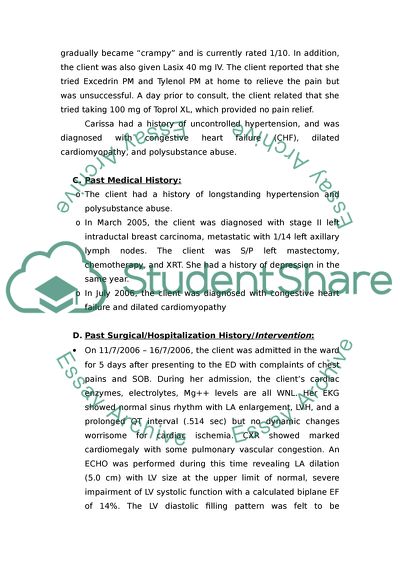Cite this document
(“Medical Problems as a Result of Chronic Cocaine Abuse and Alco Lab Report”, n.d.)
Medical Problems as a Result of Chronic Cocaine Abuse and Alco Lab Report. Retrieved from https://studentshare.org/nursing/1737361-care-plan
Medical Problems as a Result of Chronic Cocaine Abuse and Alco Lab Report. Retrieved from https://studentshare.org/nursing/1737361-care-plan
(Medical Problems As a Result of Chronic Cocaine Abuse and Alco Lab Report)
Medical Problems As a Result of Chronic Cocaine Abuse and Alco Lab Report. https://studentshare.org/nursing/1737361-care-plan.
Medical Problems As a Result of Chronic Cocaine Abuse and Alco Lab Report. https://studentshare.org/nursing/1737361-care-plan.
“Medical Problems As a Result of Chronic Cocaine Abuse and Alco Lab Report”, n.d. https://studentshare.org/nursing/1737361-care-plan.


